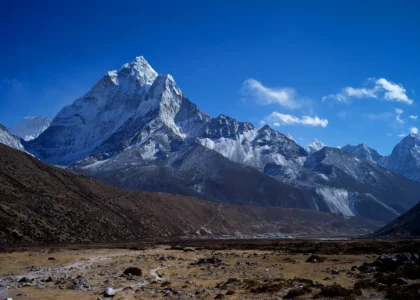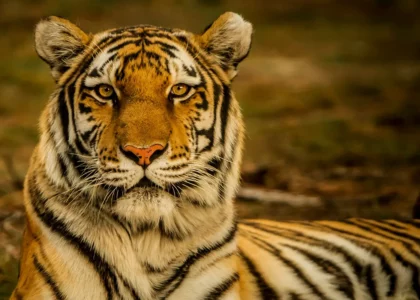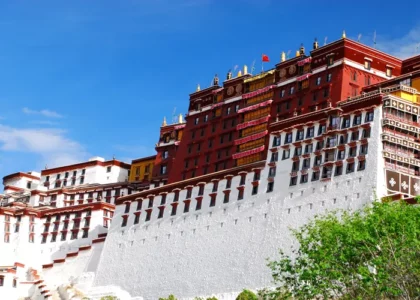Wildlife Reserve in Nepal: A Complete Guide for Nature Enthusiasts
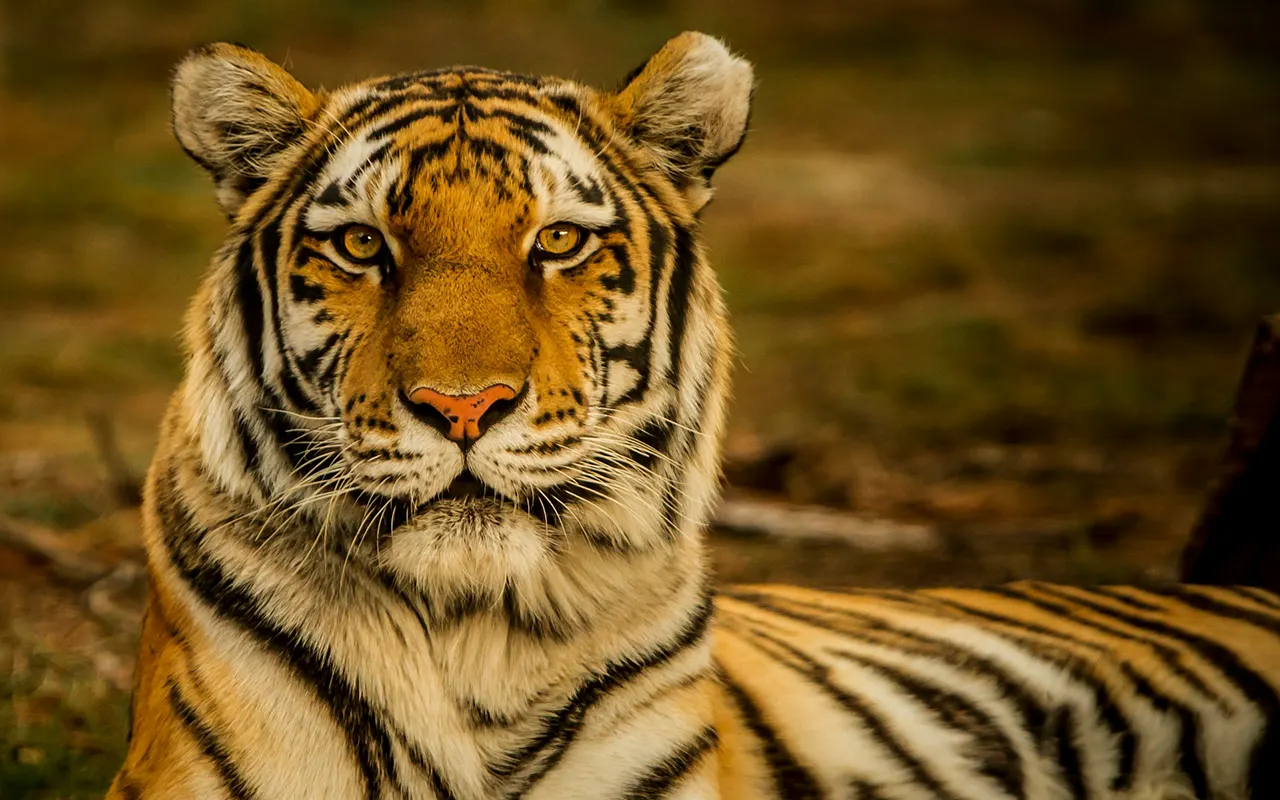
Nepal is known worldwide for its richness in biodiversity. Though a small country, its natural beauty has been preserved and promoted through wildlife reserves all around the country. The wildlife reserves in Nepal are perfect for visits from nature enthusiasts who not only want to walk through green hills and snowy Himalayas, but also explore the wildlife elements within each location they visit.
From alpine meadows to subtropical forests, Nepal’s beauty is praiseworthy. Within these spots, you will further be immersed in the diverse sightings of rare plants, endangered wildlife species, and exceptionally large varieties of birds.
Nepal’s eco tourism has been able to sustain many lives who are working to promote its beauty through wildlife reserves in Nepal. Furthermore, it helps nature enthusiasts get the most out of their visit to a small yet one of the most alluring countries in the world.
Whether you are on a mission to learn about the world’s diverse species of wildlife and plants or simply want to take a break from your daily, hectic schedules and escape to a world of greenery and kickstart a journey afresh for your well-being, visiting a wildlife reserve in Nepal will be worth your while, in every possible way.
To know more about wildlife reserves in Nepal, be sure to read till the end of this blog!
What is a Wildlife Reserve in Nepal?
A wildlife reserve in Nepal refers to a restricted region that is dedicated to protecting certain wildlife species, especially those that are under the threat of being endangered. Wildlife species in Nepal are widely protected in any such region, without excessive tourist or visitor (in general).
However, this does not mean that you cannot freely explore the beauty of wildlife reserves in Nepal. You simply have to stay committed to the easy rules of the facility. One more thing about just about any wildlife reserve in Nepal is that they are more focused on the protection of the natural species than on tourism.
And since wildlife reserves are more focused on preservation, you can experience a quieter journey along several spots within the reserve as compared to a national park or a conservation area.
History of Wildlife Reserve in Nepal
Nepal began its journey of promoting wildlife reserves back in 1970. Koshi Tappu Wildlife Reserve was the first wildlife reserve in Nepal. It was established with a major focus on protecting wetlands and wild water buffalo.
As of today, Terai’s lowlands are most popular for being the home to wildlife reserves in Nepal and minimizing conflicts between human and wildlife species.
Conservation Importance
There are many reasons why conservation of any wildlife reserve in Nepal is crucial. Endangered species like one-horned rhinoceroses, wild water buffalo, swamp deer, and Bengal tigers can be protected and made to procreate in the protected region. Also, the wildlife reserves help in protecting weak ecosystems like wetlands, forests, and grasslands.
Major Wildlife Reserves in Nepal
The following are the major wildlife reserves in Nepal:
Koshi Tappu Wildlife Reserve
The Koshi Tappu Wildlife Reserve, as mentioned before, is the first wildlife reserve in Nepal. It is located in the Eastern Terai region. It has become a primary location for wetland birdwatching. The main habitats here are the marshes of the Koshi River and floodplains. This wildlife reserve in Nepal is the home to more than 500 bird species, including migratory ducks, ibises, and storks, the Ganges river dolphin, and wild water buffalo (Arna).
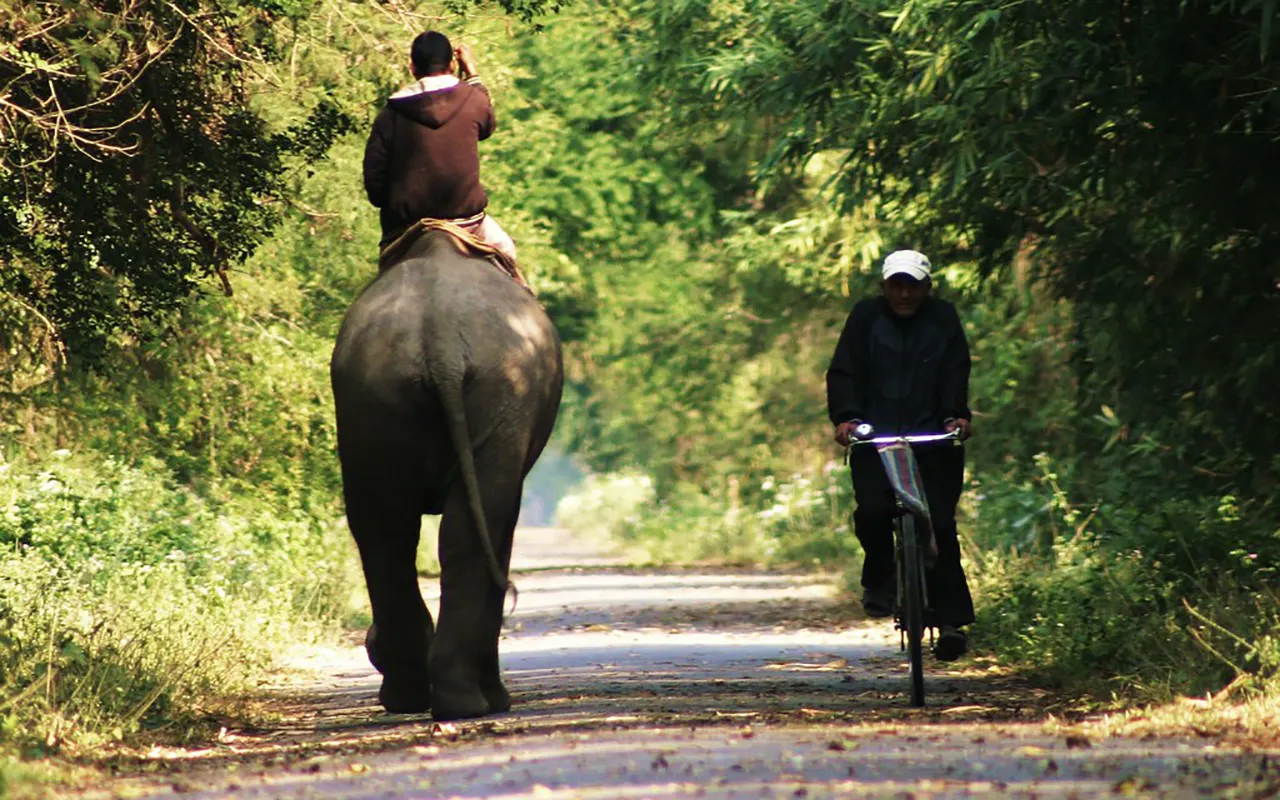
Parsa Wildlife Reserve
Situated in South-central Nepal, the Parsa Wildlife Reserve is known for its wide subtropical forests and tiger sightings. The major habitats include riverine habitats, grasslands, and sal forests. And, it is the home to more than 300 bird species, Asian elephants, sloth bears, Bengal tigers, and leopards.

Shuklaphanta Wildlife Reserve
The Shuklaphanta Wildlife Reserve is located in the Far-western Terai. It is known for having the largest herd of deer in Asia. Moreover, the habitats here include wetlands, mixed woods, and open grasslands. More than 400 bird species, tigers, elephants, and swamp deer (barasingha) have this wildlife reserve in Nepal as their habitat.
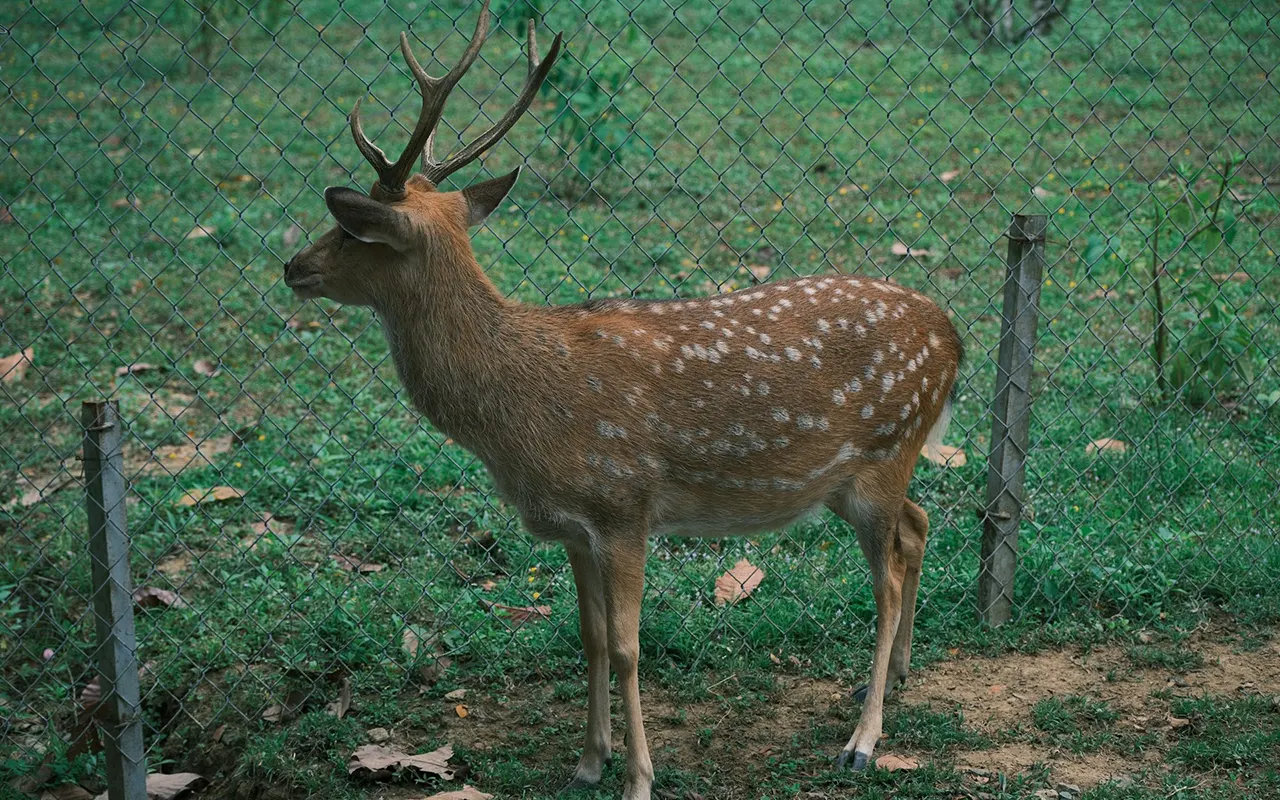
Other Notable Reserves
Some other notable wildlife reserves in Nepal are in Suklaphanta and Parsa, the Baghmara Community Forest, and Dhorpatan Hunting Reserve.
Wildlife and Flora in Nepal’s Reserves
Needless to mention, the wildlife and flora in Nepal’s reserves are the heart of the country’s overall natural beauty. The following are all you need to know about each element within a wildlife reserve in Nepal:
Endangered Mammals
The most popular among endangered mammals in Nepal are the Bengal Tiger, the One-Horned Rhinoceros, the Asian Elephant, the Ganges River Dolphin, etc. The Bengal Tiger is best known as a symbol of Nepal’s conservation success.
Birds
If you’re an enthusiastic birdwatcher, then Nepal is the country you cannot miss visiting. There are a recorded 900 species of birds available in the country. Some migratory birds in Nepal are Eurasian wigeons, bar-headed geese, and Siberian cranes. Resident bird species include owls, hornbills, parakeets, and peafowls.
Flora
Nepal is just as rich in flora as it is in fauna. In the Terai wildlife reserves in Nepal, you will find a dominance of Sal forests. Wetland plants like grasses, watery plants, and reeds are just as commonly found. One can also find rare medicinal plants in Nepal’s wildlife reserves, especially in the forested areas and buffer zones.
Top Activities in a Wildlife Reserve in Nepal
It is not just sightseeing that you can do when you’re in the wildlife reserves in Nepal. Some top activities to do when here are as follows:
Jeep Safaris & Wildlife Tours
You can hop on a jeep and get the best experience you can in this lifetime through jeep safaris and wildlife tours. There are many wildlife reserves that allow you to roam around the protected area without hassle in a reserved jeep. If you want to take a walk, you can simply opt for a basic wildlife tour.
Birdwatching
Since there are so many bird species for one to explore at a wildlife reserve in Nepal, birdwatching is a common yet one of the most fascinating activities to indulge in during your visit.
Nature Walks & Photography
For a therapeutic adventure in nature, you can go for nature walks. Be sure to carry a camera with you. The wildlife reserves mostly allow for visitors to take pictures within the protected regions, so capturing memories in the wild and with the wild is most likely not a problem.
Canoeing or River Boating
If you want to dive into the water safely, then you can go canoeing or river boating. You will likely be guided by a professional in both activities. And mind you, each experience will be phenomenal and worth remembering.
Cultural Experiences
Since wildlife reserves in Nepal are located in the Terai region, you can also experience the beauty of the Tharu and Madhesi cultures on your visit. Cultural dances or exotic cuisines, there is nothing that you’d want to miss.
Best Time to Visit a Wildlife Reserve in Nepal
Though there aren’t too many threats from nature when you’re visiting a wildlife reserve in Nepal at just about any time of the year, taking a few factors into consideration will help you enjoy the best possible experience.
The following are the different and the most common times to visit a wildlife reserve in Nepal, respectively:
Winter (October to March)
Winter may be a decent time for a visit to a wildlife reserve in Nepal. But, chances are, you may not see the wildlife species or even flourishing fauna varieties because of the seasonal nature.
Summer (April to June)
Summer is extremely hot in the Terai region of Nepal. You will get the chance to catch glimpses of some species, whether it’s flora or fauna, that are best suited to the scorching heat every day.
Monsoon (July to September)
Monsoon season may not be as ideal for visits to any wildlife reserve in Nepal because of the wetness and slipperiness everywhere. You can still catch sightings of certain wildlife species and can find the floral aspects blossom in the monsoon rain.
Ideal Months: November to February for birds; March and April for mammals
November to February has got to be the best period for a visit if you’re a birdwatcher. These are the months during which bird species from all around the country travel to the Terai to avoid the harsh winter. Terai is comparatively hotter, which makes survival easier for different species of birds.
Moreover, if you’re looking to catch sightings of different species of mammals in Nepal, you’d best prefer to visit any wildlife reserve in Nepal between March and April. These are the months the mammals are comfortably out and active.
Accommodation Options
The following are the four most popular accommodation options when you’re visiting a wildlife reserve in Nepal:
- Inside-Reserve Eco Lodges: Koshi Camp and Shuklaphanta Jungle Lodge are some of the inside-reserve eco lodges where you can spend the night within the protected region.
- Luxury Safari Camps: If you want to experience a luxurious stay and check the wildlife species out from up close, then luxury safari camps are the best option for you.
- Budget Guesthouses: Anyone looking to travel on a budget can easily find guesthouses quite close to the wildlife reserves in Nepal.
- Camping: If you’re an adventurer who wants to stay nights under the open sky, camping is the most preferable option for you!
Permits and Entry Fees
The following are the permits and entry fees you will need during your visit to a wildlife reserve in Nepal:
Fees
The fees for your visit is likely to change time and time again. As a foreign traveler, you should pay between NPR 1000 to NPR 2000 per day. If you’re from a SAARC country, the fees will decline and can range between NPR 250 to NPR 500.
Where to Get Permits
You can get the permits at Tourist Service Center (Kathmandu) or you can prefer to seek them from the reserve entrances.
Regulations to Follow
You should be mindful as to not litter within and around the reserve region, not feed wildlife species anything, avoid hunting and poaching at all costs, avoid loud and flash photography, and remember to hire and take a licensed guide.
Travel Tips for Visiting a Wildlife Reserve in Nepal
The following are the basic travel tips for visiting a wildlife reserve in Nepal:
- Don’t wear anything with heels or anything that exposes your feet when you’re in a reserve.
- Wear something comfortable and carry layers.
- Carry rain and mosquito protectant.
- Avoid using plastic.
- Support local businesses and guesthouses.
Suggested Itineraries
The following are some highly suggested itineraries:
2-Day Short Safari Trip (Koshi Tappu)
With this itinerary, you will be spending the first day birdwatching, going on a short walk around the reserve, and canoeing during sunset. On the second day, you can birdwatch and visit local villages.
4-5 Day Extended Wildlife Experience (Shuklaphanta or Parsa)
You will arrive and have a brief orientation on the first day when you follow this itinerary. Then, you can go on cultural visits and a jeep safari, followed by photography the next day. By the last day, you can take pictures for memory and depart.
Conclusion
Going to a wildlife reserve in Nepal for refreshment or even research can be a fun-filled experience you simply won’t forget. In Nepal, there is still so much left for the world to immerse itself in. The diversity of animals and birds, along with the many species of flora, can attract just about anyone.
A traveler who feels very close to nature and wants an escape must definitely go to a wildlife reserve in Nepal and learn how things are up close in nature. You will also be there for a positive reason, as every effort made in a wildlife reserve in Nepal will contribute to sustainable tourism and nature promotion.
Nature is calling, adventurer!
Best Price Guaranteed, Easy to change Date, Instant Confirmation
Book This Trip Have Questions?
Have Questions?Talk to Expert
Meet Mr. Purushotam Timalsena (Puru), Nepal's best trek and tour organizer, who has been working in the Himalayas for more than 24 years.
WhatsApp/Viber +977 98510 95 800




